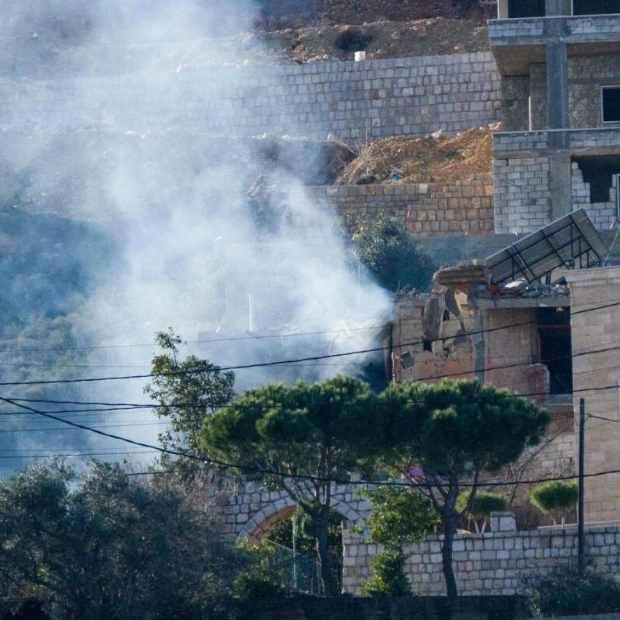In the midst of the chaotic clatter of tambourines and screeching violins, the women would glide across the ground like tarantula spiders. They would then slink stealthily and contort their bodies into pretzel-like forms. The Dance of the Tarantula, once performed in the old days in Puglia, a region in southeastern Italy, was thought to be a remedy for the potentially deadly bite of the tarantula. In the climactic moment, which could occur after several hours or even days, the women would collapse in a spent heap—purportedly cured. (Interestingly, there are no tarantula spiders in Puglia.) In contemporary times, the dance has been reinterpreted as a liberating experience that helped repressed women release their inner demons and frustrations. Sadly, we missed witnessing a modern-day performance, though young women still dance in a trance to the rhythm of tambourines, skirts whirling, at summer music and dance festivals. We visited in autumn, and instead, we savored the charm of this region, which one must explore patiently, like a dear friend.
Puglia, as we discovered during a brief trip, is an untouched paradise with 65 million olive trees, lush vineyards, almond groves, hilltop castles, golden baroque cities, whitewashed towns, and conical dwellings known as trulli in the town of Alberobello. (Roll the 'r' and the 'o' when pronouncing the town's name.) We enjoyed the region's hearty cuisine and sampled just a few of its 200 types of pasta and unique creamy cheeses. Puglia lacks the vibrant energy of Rome or the romantic allure of Venice. It's a modest region loved by Italians but often overlooked by international travelers who have yet to uncover its hidden delights—sugar-spun beaches (the peninsula is embraced by the bluest seas—the Ionian and the Adriatic) and sunny picturesque retreats where one can unwind slowly while taking in breathtaking sights. We reveled in time-honored traditions like the afternoon siesta, taken seriously here. Homes and shops close, and no one stirs until the evening stroll. That's when the scene bursts with color—olive-skinned beauties and muscular Romeos stroll arm in arm, licking mouth-watering gelatos as they watch the sun set.
We flew into Naples and drove south to Lecce, our first stop. Known as the Florence of the south, Lecce is the most baroque city in southern Europe, with honey-colored churches, balconies, and the Basilica of Santa Croce intricately carved. Lecce was a charming town of narrow alleys and tiny piazzas dotted with cafes, where we relaxed opposite a Roman amphitheater that could hold 20,000 spectators, cheering for gladiators in life-or-death battles. Eighteen kilometers south of Lecce, Galatina is steeped in its Greek past. There, old-timers still believe in tarantism (the bite of the tarantula spider induces wild dancing in young women). The dance originated in Galatina, and legend has it that outsiders frowned upon the town due to this peculiar ritual. To make Galatina famous for something other than tarantism, a chef at Pasticceria Ascalone invented the pasticciotto. We tasted this typical pastry filled with cream and felt like dancing ourselves.
In Puglia, we felt like we were being followed—by mysterious myths, a shifting pearly light, and colors that our words and cameras couldn't quite capture. Otranto, the easternmost city in Italy, turned out to be another photogenic town, a seaside resort with a small fishing harbor and a tree-lined promenade outside its 15th-century walls. Otranto boasts some of the best beaches in sun-drenched Puglia, where one can snorkel, swim, or picnic on a rocky outcrop with stunning views and a refreshing salt breeze. Puglia continued to captivate us as we drove to the southernmost tip of the region, Santa Maria di Leuca. There, the Adriatic and Ionian seas merge and crash, creating massive waves that spray mist into the air like a transparent veil. Each Puglian town was enchanting and unique—Ostuni cascaded down three hills, a white slash in the abundant Puglian light. Alberobello, further north, was dotted with over 1,000 conical-shaped homes called trulli, now a UNESCO World Heritage Site.
Restaurants, shops, boutiques, and art galleries nestled in the trulli, though some of these houses are still inhabited by families, giving them an elfin charm. These beehive-shaped homes were built so they could be easily dismantled, an ingenious way to avoid paying taxes to the king. The seaside town of Bari, with its lively Italian spirit, was a contrast to Alberobello. There, we met the real Santa Claus in the basilica dedicated to Saint Nicholas, the original Santa Claus. Born in Turkey (then part of the Roman Empire), Saint Nicholas bore no resemblance to the plump, rosy-cheeked gift-giver we know today. Later, we walked along Bari's lamp-lit seafront promenade and felt the region's mysterious pull once again.
Travel Notes: Fly to Bari or Naples. Self-driving is an excellent way to explore the region. Accommodation is plentiful in Puglia, and a stay in a masseria (local farmhouse) is highly recommended. Fun Facts: Drive down narrow country roads in the Itria Valley to reach The Park of Secular Trees, where knotted, thick-trunked olive trees rise like fierce warriors guarding an ancient land. Check into the charming Masseria IL Frantoio, a 16th-century farmhouse-hotel, a 10-minute drive from Ostuni. The wisteria-draped masseria was built over an underground cave where olives were once pressed. Indulge in olive oil tasting in the tree-lined courtyard. Learn about selecting the right olive oil while breathing in the fragrant scent of orange blossoms. Walk past the basilica in Bari, venture into a maze of narrow alleys, and you might stumble upon plump Italian mamas kneading and slapping dough into shape in their courtyards. They are making orecchiette pasta, shaped like shell-like ears. Street-side pasta making is part of an ancient tradition in the town. Despite its dreamy appearance, Otranto has a bloody past—800 Christians were martyred in 1480. Their skulls and bones adorn three glass-panelled vaults next to the main altar in the cathedral in Otranto. The eerie display is offset by the exquisite mosaics etched on the floor of the cathedral.
Source link: https://www.khaleejtimes.com






